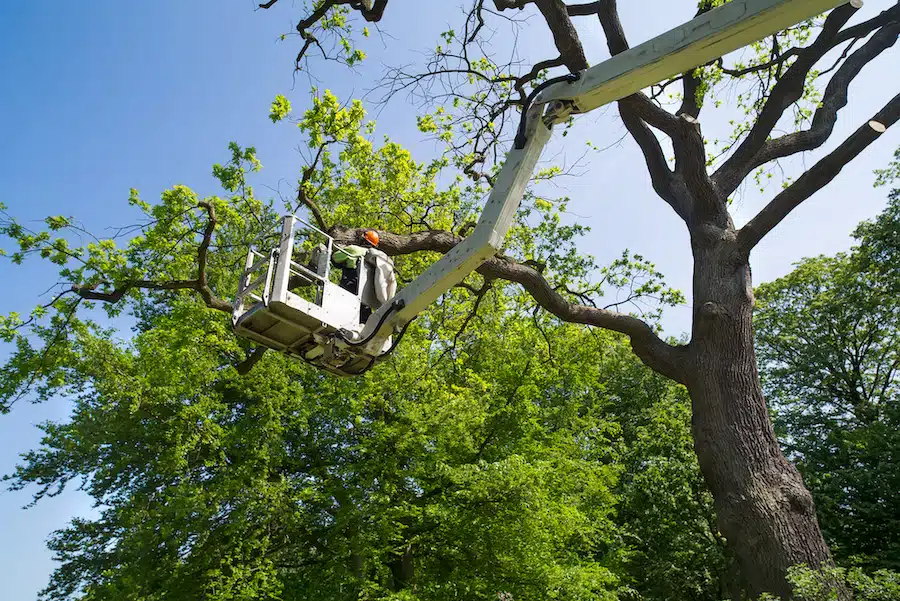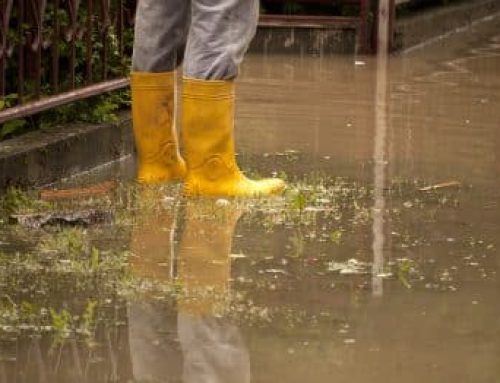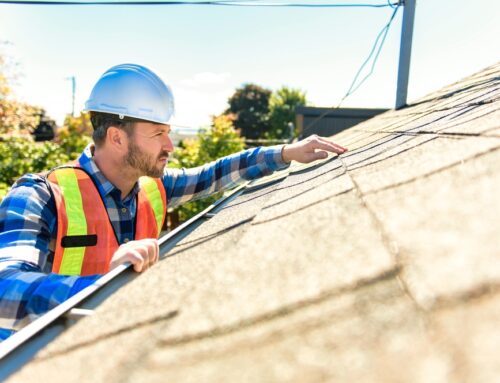Well-kept trees can add value to your property, help save energy, and reduce crime. The downside? Falling trees or large limbs can cause costly damage. In 2022, 8.6% of the claims reported to NREIG were for tree-related damage. We strongly encourage including tree inspection on your regular maintenance checklists.
Unmaintained or dead trees can be an eyesore and detract from your property’s curb appeal. However, the problems a dead tree can cause go far beyond looks.
- Dead trees or branches can fall without warning, causing property damage or serious injury to tenants, their guests, or a passerby.
- Dying or leaning trees can unexpectedly fall on power lines, cars, and even pedestrians passing by your property.
- Dead trees may attract creatures, such as termites, rats, and insects to take up residence in and around your property.
- Even healthy trees can be jeopardized by nearby diseased or insect-infected trees on your property.
Did you know?
A few tree species have brittle wood, making them more susceptible to damage in a storm. Chinese elm, silver maple, boxelder, various poplars, and Bradford pears are all prone to wind damage or injury from heavy snow and ice. A tree’s roots can also lessen its chance of surviving a storm. Damaged roots can create points of entry for pathogens and reduce its ability to take up nutrients and water. This kind of damage endangers a tree’s structural support, increasing the risk of it falling during a storm.
Trees, like all living things, change over time. You should have regular pruning done at least once a year. Doing so promotes healthy limb and branch growth. Once dead branches are removed, the tree’s nutrients can be directed to healthy branches, making it less vulnerable to pests and diseases and reducing the likelihood of dying branches and limbs falling on your property. A tree that was healthy and survived the last storm isn’t guaranteed to survive the next one.
Protecting yourself from tree damage
First, know what is in your policy: Read the sections of your insurance policy that address trees, shrubs, and landscaping. It is important to know both what you are and are not covered for. If you don’t understand something or have questions, don’t hesitate to contact your Client Service Advisor who would be happy to help you!
Inspect your trees on an annual basis: Keeping greenery in good shape should be one of your top priorities for your exterior maintenance list. Keeping up with your trees can prevent costly damage, and maintaining a tidy yard, especially on vacant properties, can help reduce the potential for your property to be vandalized. In addition to regular maintenance, be sure to check your trees after any large storms; broken limbs may need to be trimmed immediately to avoid a loss.
Hiring a professional is best: Be sure any arborist you hire has been certified by an organization such as the International Society of Arboriculture or the Tree Care Industry Association. They will also need to have the appropriate liability insurance. To find an arborist in your area, call TCIA at 800-733-2622 or run a Zip Code Search on www.treecaretips.org. ISA-certified arborists can be found through a search tool at www.isa-arbor.com.
Make sure your tenant understands their responsibilities: Though any tree-trimming responsibilities will likely fall to you as the owner, your tenants must know what they are responsible for when it comes to the outside of the property. Be sure to specify in your lease what they are also not allowed to do at the property! At the bare minimum, they should contact you if they see any hazardous conditions. Make sure they have an easy way to contact you or the property manager if a tree is damaged or damages the property (or the neighbor’s property) during a storm.
After a tree falls
There are many different scenarios in which a tree may have caused property damage. Below are some steps you should take after a tree falls:
If your tree falls on a neighbor’s property or tenant’s car…
Generally speaking, the claims process will move fastest if your neighbor files a claim with their homeowners’ insurance. As for your tenant whose car has been damaged, they should file a claim with their auto insurance.
You can always start a liability claim on your end; although, a payout in a liability claim requires the establishment of negligence. If your insurance carrier doesn’t find you at fault for the tree falling, which is often the case, the claim will be denied. To establish negligence there must be some sort of proof (usually in writing- a text message, for example) that the tree was dead, the neighbor or tenant had made you aware of the tree’s condition, and that you neglected to do anything to remove the hazard.
Let’s say the tree had fallen during a storm. That would likely be deemed “an act of God” and therefore, not covered in a liability policy. In this scenario, the neighbor’s homeowners insurance or the tenant’s auto insurance would pay for any damages.
If your neighbor’s tree falls on your property…
If the damage from your neighbor’s tree is enough to warrant it, you will want to submit a property claim. Although, depending on your deductible, it may make more sense to repair the damage out of pocket rather than risk a future premium increase for having this loss on the books.
If your insurance carrier pays out, they will likely subrogate against your neighbor’s insurance company. Subrogation refers to the right an insurance company has (after they’ve paid a covered claim) to request reimbursement from the at-fault party. The reimbursement typically comes from the at-fault party’s insurance company. If your insurance carrier is successful in the subrogation process, you may be reimbursed for your deductible.
Another option is to have your neighbor start a liability claim with their insurer. However, this can take a bit longer than a property claim to settle. The same rules apply here in terms of establishing negligence. If your neighbor is not found negligent for damage caused by the tree, the liability claim would be denied and there would not be any payout from their policy. Note, this does not prevent your own insurance carrier from paying out for the damages. You would, however, incur a deductible at that point.
Further reading
To learn more about what is and isn’t covered in a typical policy, read Is It Covered? – Trees, Shrubs & Landscaping.
To learn what signs indicate your trees may not be perfectly healthy, read Five Signs Your Tree is in Trouble.






